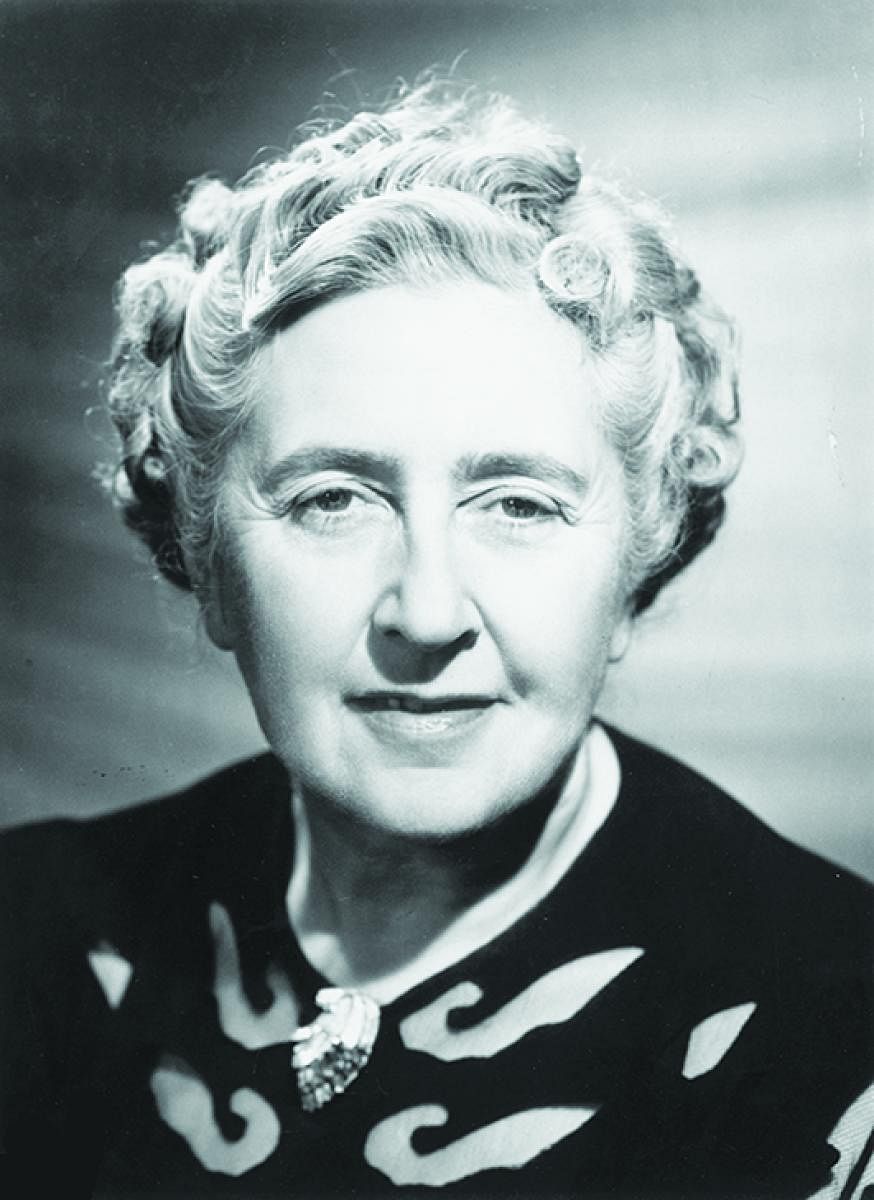
This year marks the centenary of the publication of Agatha Christie’s first book — The Mysterious Affair at Styles. It was the book that started it all — a devoted international fan following, innovative whodunnits that enthralled millions, numerous film and TV adaptations and enduring fictional detectives who alternatively amused and annoyed one with their quirks and tics.
While Christie’s mysteries have often ruled the roost, I have often found it’s her lesser known works that fascinate more. These are not flawless — she wasn’t the greatest prose stylist that ever lived — but in the non-fiction account of her travels through Syria and Iraq of the 1930s, you get an entirely different perspective of this often elusive writer.
Come, Tell Me How You Live was published just after the Second World War had ended, in 1946. Even at that time the world that Christie describes in the book was long gone. She wrote the book after repeated queries from friends on how it felt to be part of the golden age of archaeological discoveries in the Middle East. Her publishers were not exactly willing to let their golden goose go off on this tangent into non-fiction writing and she had to fight with them to get it published.
The title of the book comes from Lewis Carroll’s Through the Looking Glass and the book starts with a humorous poem that Christie writes asking her husband, the renowned archaeologist Max Mallowan, about his life, digging to get to the secrets of the past. A “tell” in archaeology is also an artificial mound that has built up on one settlement over generations.
Come, Tell Me How You Live describes Christie’s visits to ancient sites such as Palmyra and Nimrud. One of the most beautiful passages sees her walking up a hill near Mosul to Sheikh Adi’s tomb, a spot, which she’s convinced, is unrivalled for its peace and beauty. Her everyday experiences living in rudimentary conditions on her husband’s digs give a window into the non-glamorous side of this world. Accommodations are basic; tents and wells for water. But, there’s plenty to make up for the lack of material luxury — the loyalty and grace of the Arabs who work on the dig, the camaraderie among the archaeologists, the breathtaking landscapes, and of course, the sheer awe of the history the project is uncovering.
Christie’s experiences on the dig and her love for Iraq and Syria would go on to inspire her fiction — Murder in Mesopotamia actually takes place at an archaeological dig not very unlike the ones where she’d spent months at a time.
Come, Tell Me How You Live is graced with humour and love — but reading it now can also be a melancholic experience. The places Christie visited have been ravaged by war and many of the historical sites defiled and damaged extensively.
The fact that this book can evoke what it meant to see these places in relatively calmer times, when peace was briefly allowed to reign over these lands, makes it a must-read.
The author is a Bangalore-based writer and communications professional with many published short stories and essays to her credit.
That One Book is a fortnightly column that does exactly what it says — takes up one great classic and tells you why it is (still) great. Come, raid the bookshelves with us.